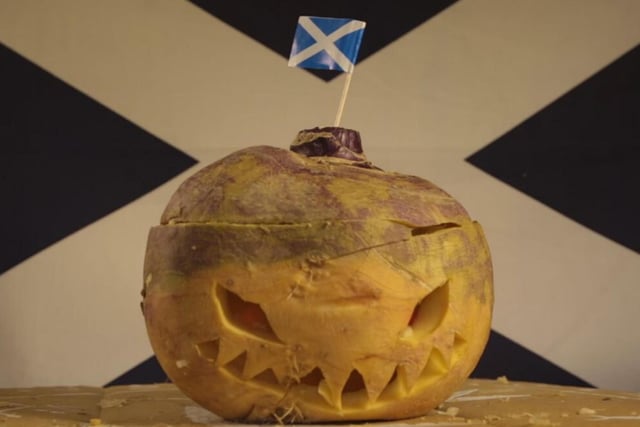Home Food Restaurant Reviews Recipes Drink Distilleries Whisky Gin Craft Beer Locations Scran Podcast Ahead of Halloween, we take a look at some unknown facts about the humble turnip - including how you can easily carve a neep lantern. Share on Facebook Share on Twitter Share on Pinterest Share on WhatsApp Share on Email The Scots tradition of carving a ghoulish tumshie (neep) lantern for Halloween is a fading art but is it time we patched the pumpkins and gave the humble neep the stage it so deserves? As the last batch of tickets for a new neep picking patch , Lidl is on a mission to do just that. Free for kids and just a fiver for adults, the fun day out aims to take family fun back to its roots.
Ahead of its three-day event, food historian, Peter Gilchrist shares 10 things you might not know about the history of neeps in Scotland. What’s in a name? Neep, turnip or swede? Neep is actually old English for softer and smaller turnips but began being interchangeably used to describe swedes when they arrived in Scotland in the 18th century. A hardy root vegetable that kept people alive Swede was first grown in Scotland as animal feed but when the potato famine plunged many families into destitution, they became a household staple.
A little goes a long way For crofts across the Lowlands and Highlands, it was popular to have a ‘house cow’, which were commonly fed food waste from the kitchen including neep peelings & cores. Neeps helped revolutionise Scotland’s beef product.


















